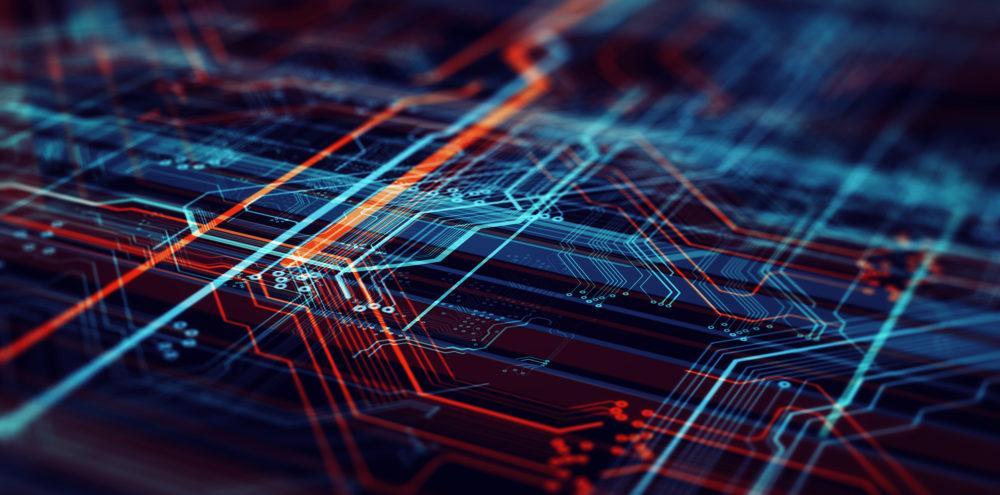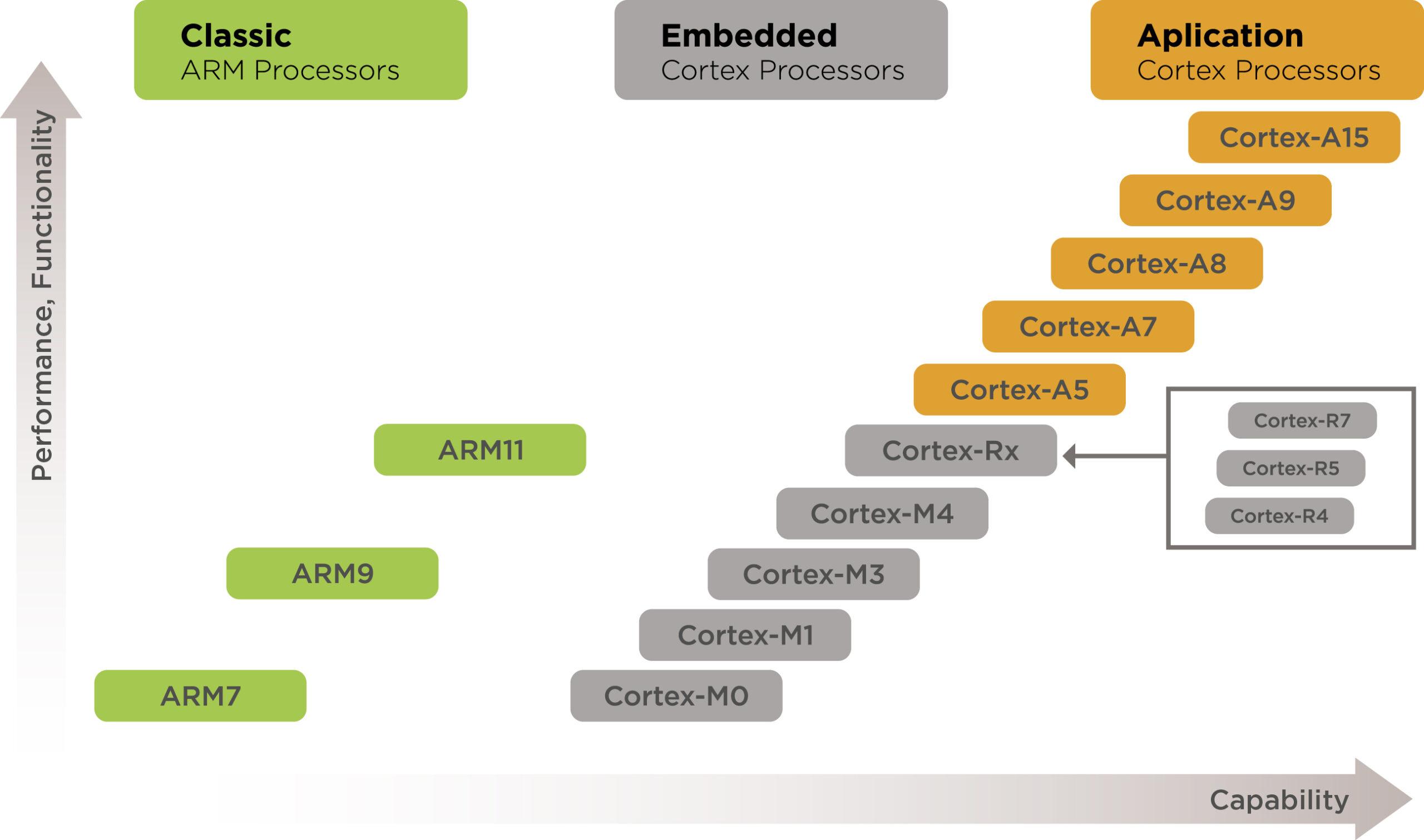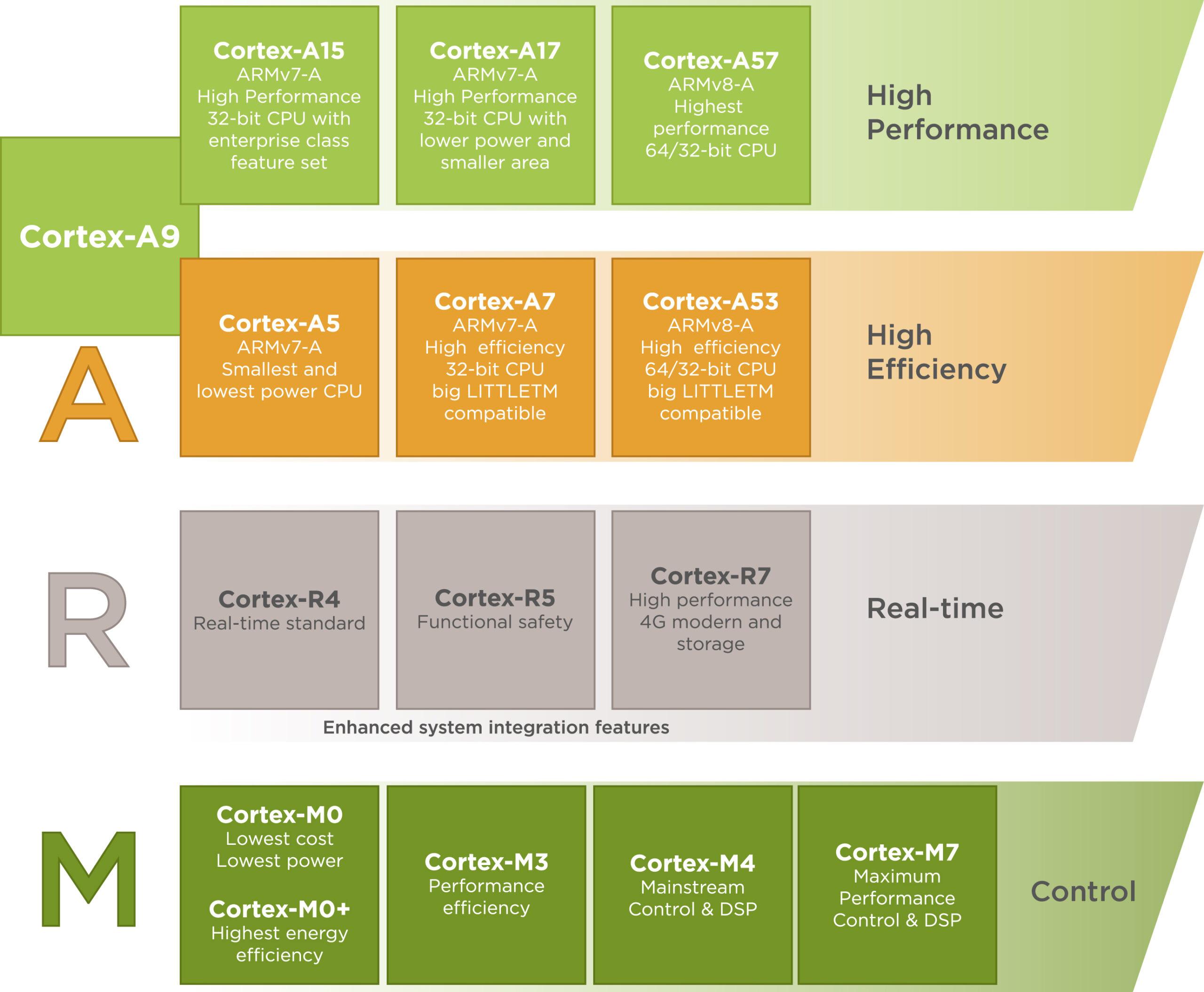
The ARM Processors: A, R, and M Categories and Their Specifics

An awareness of computer processors is crucial in the current stage of development of the IT industry. The market is full of various technical solutions, although some of them exhibit low performance and poor capacity. Diving deeper into this question dedicated to powerful hardware will inevitably lead the reader to the ARM topic. But what exactly are ARM Processors? And how do you choose the right one for your application? Let’s explore this topic with Sirin Software, a professional company that offers not only guidance in selecting the appropriate Cortex core but also specializes in firmware development services. We created this brief review of a quite substantial topic in order to provide you with the most relevant information.
We created this brief review of a quite substantial topic in order to provide you with the most relevant information. Your performance depends heavily on your hardware; this article will guide you through a study of the ARM Processor and be of great assistance in your decision-making.
INTRODUCTION TO ARM PROCESSORS
Reduced instruction set computing (RISC) has a special place on the map of hardware development, and the family of ARM processors is based on the RISC architecture. Thanks to special configurations, it has the ability to support a wide variety of environments. Developed by British specialists, ARM can be licensed by other companies that produce different kinds of computer memory, interfaces, radios, computers, mobile devices, etc. ARM solutions are dedicated to the needs of:
- system-on-chips architecture-built products
- system-on-modules architecture-built products.
The appearance of ARM on the market brought brand new features to devices that are required to be lightweight and portable. ARM products are the best solutions for embedded systems like smartphones, tablets or eBooks. As of 2017, more than 100 billion ARM-based processors have been created. Based on this information, ARM solutions are the most widely used processors on the market.
ARM Holdings offers users the following types of processors:
- Cortex-A: built for advanced operating systems and exhibits the highest possible performance;
- Cortex-R: caters perfectly to the needs of real-time applications and provides its users with the fastest response times;
- Cortex-M: mainly built for microcontrollers;
- SecurCore: takes care of security applications;
- Machine Learning: for ML application purposes.
Their amazing capabilities and the variety of solutions that suit specific needs has resulted in these devices attracting much attention. We will highlight general information, areas of application, and the main characteristics of representatives of the A, R, and M types of processors.
Cortex-A, Cortex-R, or Cortex-M: Which One to Choose?
Different ARM Cortex controllers exhibit particular scalability and performance features that are most suited to specific applications. Now, users do not have to make undesirable choices and surf from one unacceptable solution to another. These three highly useful processor types were designed to provide the needed support and cater to your application’s needs perfectly.

Cortex-A
The Cortex-A category of processors is dedicated to Linux and Android devices. Any devices – starting from smartwatches and tablets and continuing with networking equipment – can be supported by Cortex-A processors.
Some technical information:
- The ARMv7-A architecture forms the basis of the A5, A7, A8, A9, A12, A15, and A17 processors;
- The set of common features for A-processors includes a media processing engine (NEON), a tool for security purposes (Trustzone), and various supported instruction sets (ARM, Thumb, DSP etc.)
- The main features of Cortex-A processors are top performance and brilliant power efficiency closely bundled to provide users with the best service possible.
Let’s review the main characteristics of different representatives of the Cortex-A processor:
-
A5
The Cortex A5 is the smallest processor of the A-range, but it can still demonstrate multicore performance. It is the right choice for designers who have experience with ARM926EJ-S or similar, and additionally, it is compatible with A9 and A15 processors.
-
A7
In terms of power consumption, the A5 and A7 processors are nearly the same. However, the performance provided by the A7 is 20% higher. The Cortex-A7 finds its application in smartphones and tablets and is famous for its power optimization technology. This technology can potentially save up to 75% of CPU energy and in this way can greatly increase battery life. It is compatible with the A15 and A17.
-
A15
The Cortex-A15 has the highest performance among the members of this set. The performance demonstrated by the A15 is 200% higher than the A9. The A15 processor finds its application in high-end devices, low-power servers, and wireless technologies. This is the first processor in the range that fits data management and virtual environment solutions.
-
A17
The effectiveness of the Cortex-A17 is impressive. This is why its main aim is satisfying the needs of premium-class devices. With considerably improved efficiency in comparison to other members of the A-team, the A17 demonstrates 60% higher performance than that of the A9. The processor can be configured with 1–4 cores with out-of-order pipelines. An A17 in combination with an A7 creates the big.little configuration mentioned above.
-
A50
This is the latest series produced by the company. The Cortex-A50 processor extends the areas of application to low-power servers. It demonstrates useful power-optimized features and creates great conditions for the migration of 64-bit operating systems to mobile solutions.
Nothing describes the ARM Cortex-A processors better than their applications and potential usage:
- Smart Devices and Wearables;
- Automotive Systems;
- Servers & Networks;
- Satellite Receivers;
- Home Gateways;
One of the most famous companies that use ARM Cortex-A processors is Apple.
Cortex-R
Cortex-R processors primarily target real-time solutions. They find application in controllers, networking equipment, media players, and other similar devices. Furthermore, this type of ARM processor provides great support for the automotive industry.
Cortex-R processors have a lot in common with high-end microcontrollers, but at the same time have the ability to fulfill more scalable tasks.
-
R4
The Cortex-R4 microcontroller can be clocked to 600 MHz. Its main characteristics are a dual-issue 8-stage pipeline and prefetch prediction. R4 controllers can quickly handle any incoming interruptions.
-
R5
This type of processor takes care of networking and data storage. It extends the set of R4 features by adding improved efficiency and reliability. It deals with error management and enables fast peripheral reading/writing. The dual-core implementation of the Cortex-R5 allows the construction of strong systems with lightning-fast response.
-
R7
The processors from this category demonstrate very high performance. They feature an 11-stage pipeline and enable both out-of-order execution and high-level branch prediction. Tools can be implemented for lock-step, symmetric, and asymmetric multiprocessing. The generic interrupt controller is another significant feature that should be mentioned.
The areas of application of Cortex-M ARM processors include:
- Industrial, Automotive, & Enterprise purposes;
- Cameras;
- Mobile Handsets;
- Data Storage.
Cortex-M
The point of interest of Cortex-M processors is the MCU market. The first processor of this set was released more than 13 years ago. Since then, the popularity of M-processors has clearly risen: now, Cortex-M is known as an industry standard. The ARM processors of this type find their implementation in FPGA, integrated memories, clocks, etc. Different members of the set have different improved features: some of them demonstrate higher performance, others are more energy efficient. Of course, each of the designed controllers is tailored to a particular segment of the market.
-
M0+
This kind of processor shows rather low performance. It uses the Thumb-2 instruction set and has a 2-stage pipeline. Significant features are the bus for single-cycle GPIO and the micro trace buffer.
The Cortex-M0+ is a level up from an 8-bit MCU. With this processor, bug fixing gets easier.
-
M3 & M4
We decided to merge M3 and M4 controllers into one discussion point because they have a lot in common: they both provide 1.25 DMIPS/MHz performance, 32-bit bus, increased clock speed, and efficient debugging options. The architectures are the same, as well as the instruction sets. What is the difference between them? Well, the difference is that the core of M4 is capable of DSP.
Cortex-M processors use TrustZone technology. TrustZone demonstrates brilliant efficiency and is used in millions of devices.
The areas of application of M-category ARM processors are:
- Motion Sense Devices;
- Smartwatches;
- Smart Lighting;
- Automotive, Retail & Healthcare Industries;
- Energy Grids.
Fitbit and Samsung both use ARM Cortex-M controllers in their smartwatches. In addition, the H0 controller is used by HTC.

Final Thoughts on ARM Processors
ARM processors offer a variety of capabilities for different purposes. Depending on the level of performance you need, you can choose between the Cortex-A, Cortex-R, or Cortex-M categories of high-level processors.
ARM processors have attracted much attention and created a buzz around the topic. It is a challenge to make the right choice of Cortex core and turn the idea into reality. But a team of experienced professionals can take care of all the issues and implement concepts of any complexity. Moreover, Sirin Software provides an extensive array of hardware product engineering and design services. Seize the opportunity to hire experts in this specialized field. Contact us and watch your plans and ambitions come to efficiently-performing life



